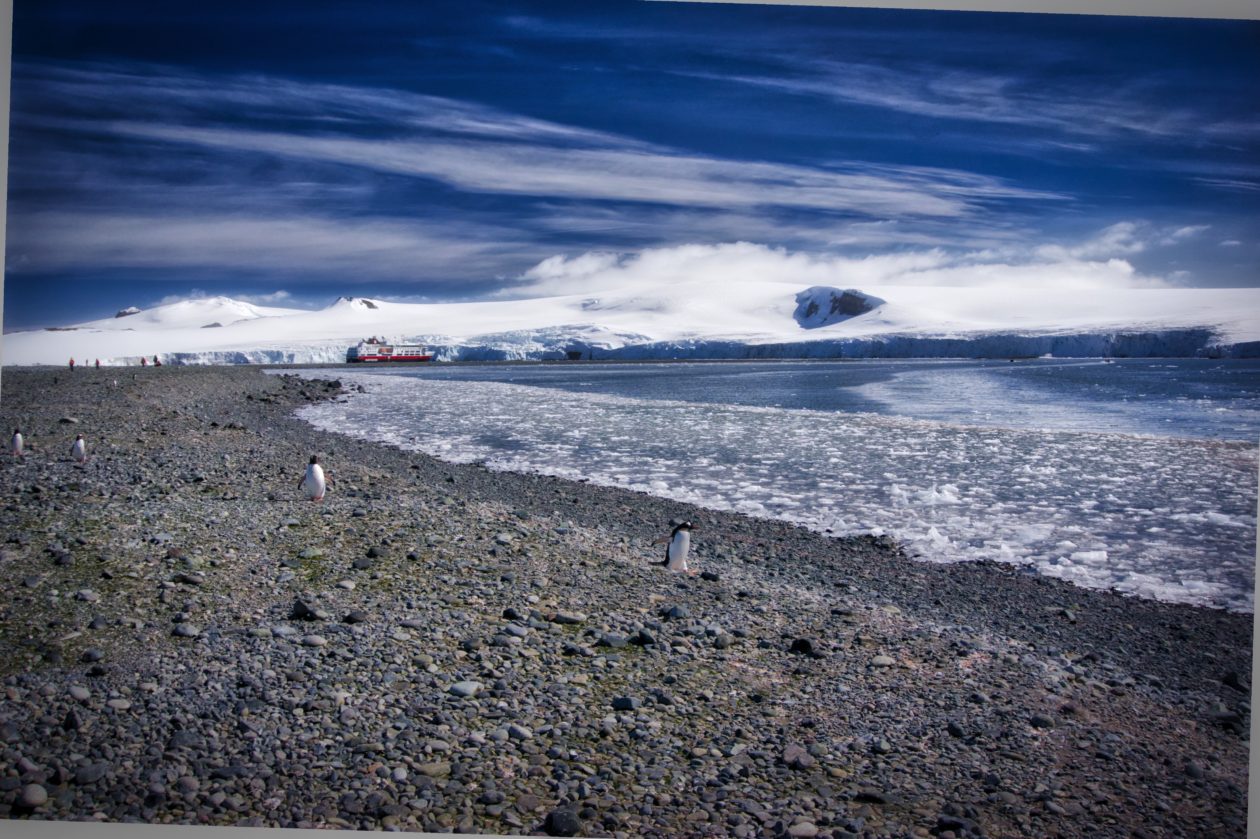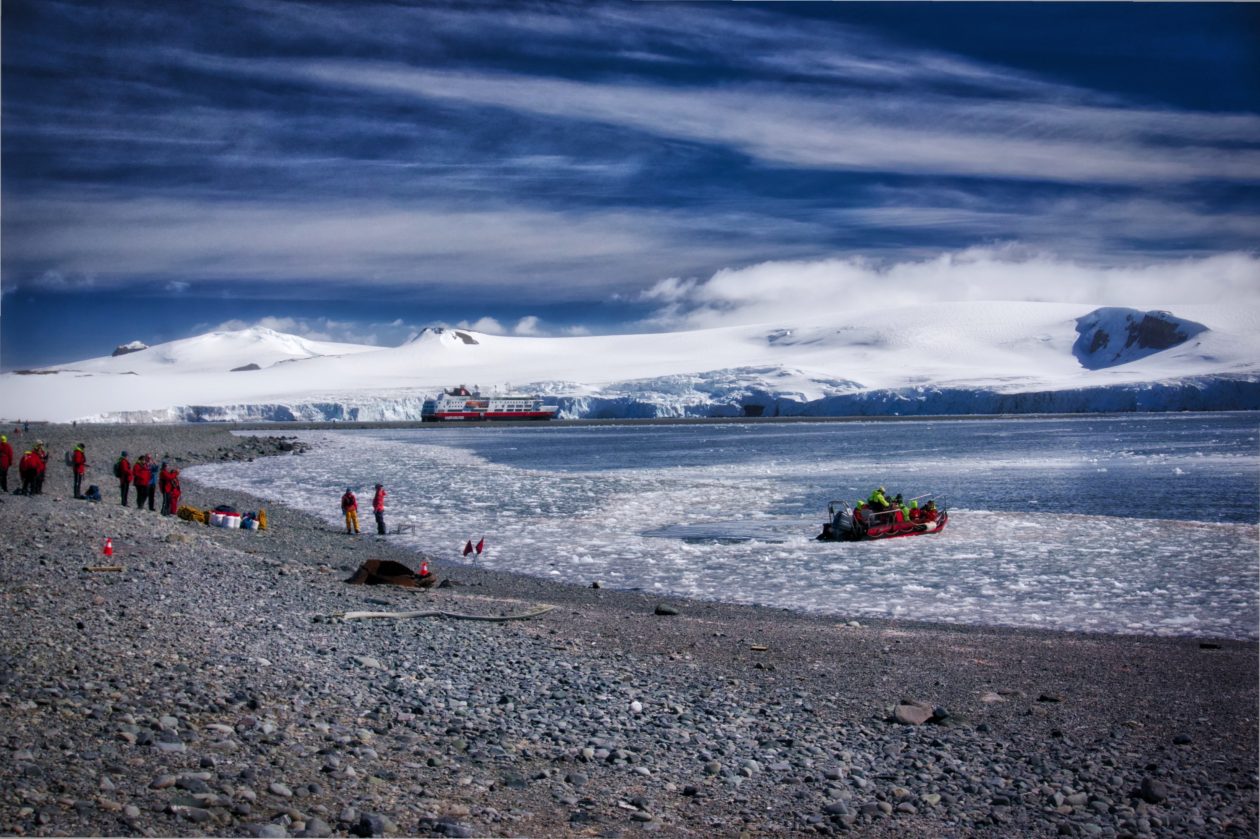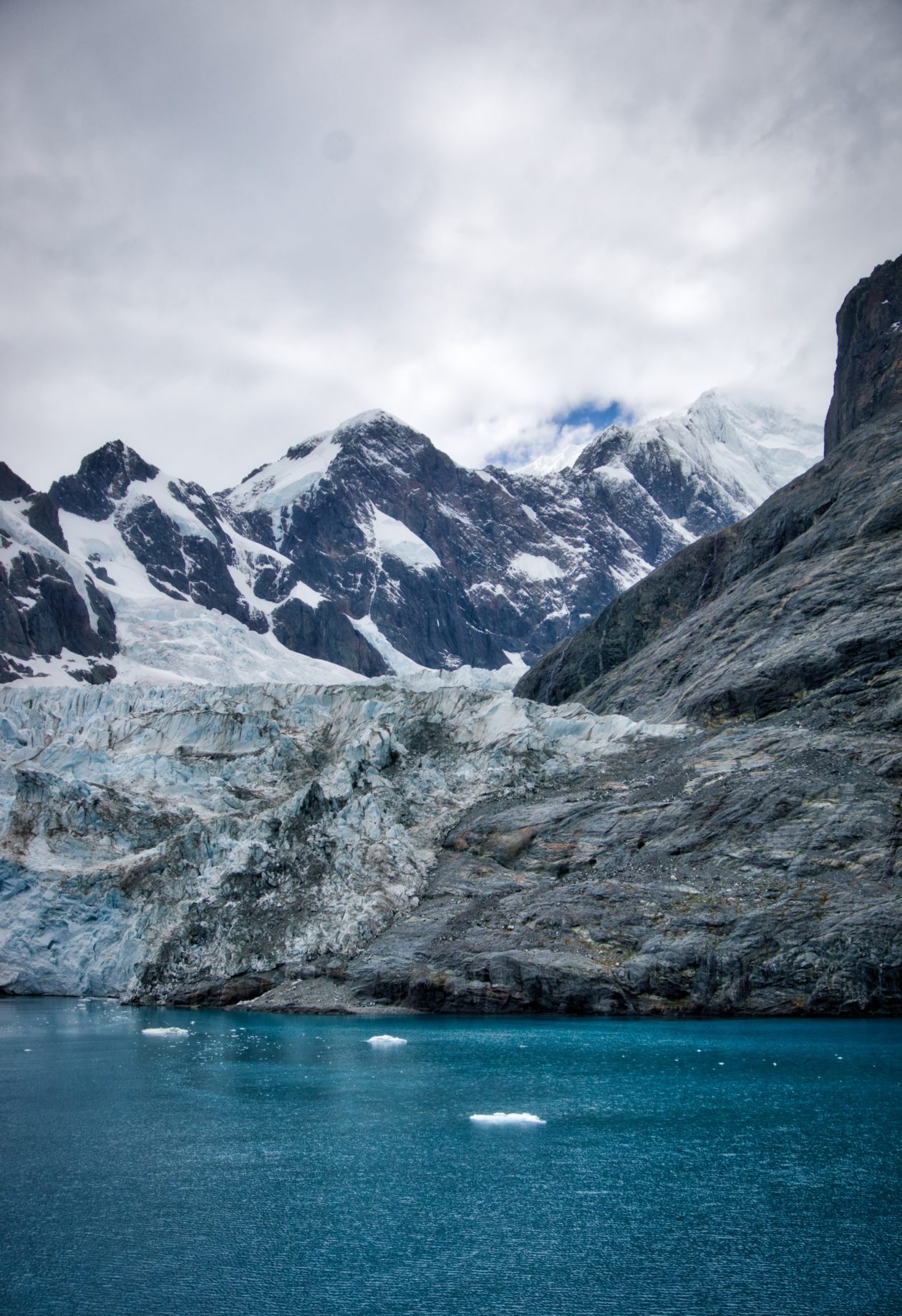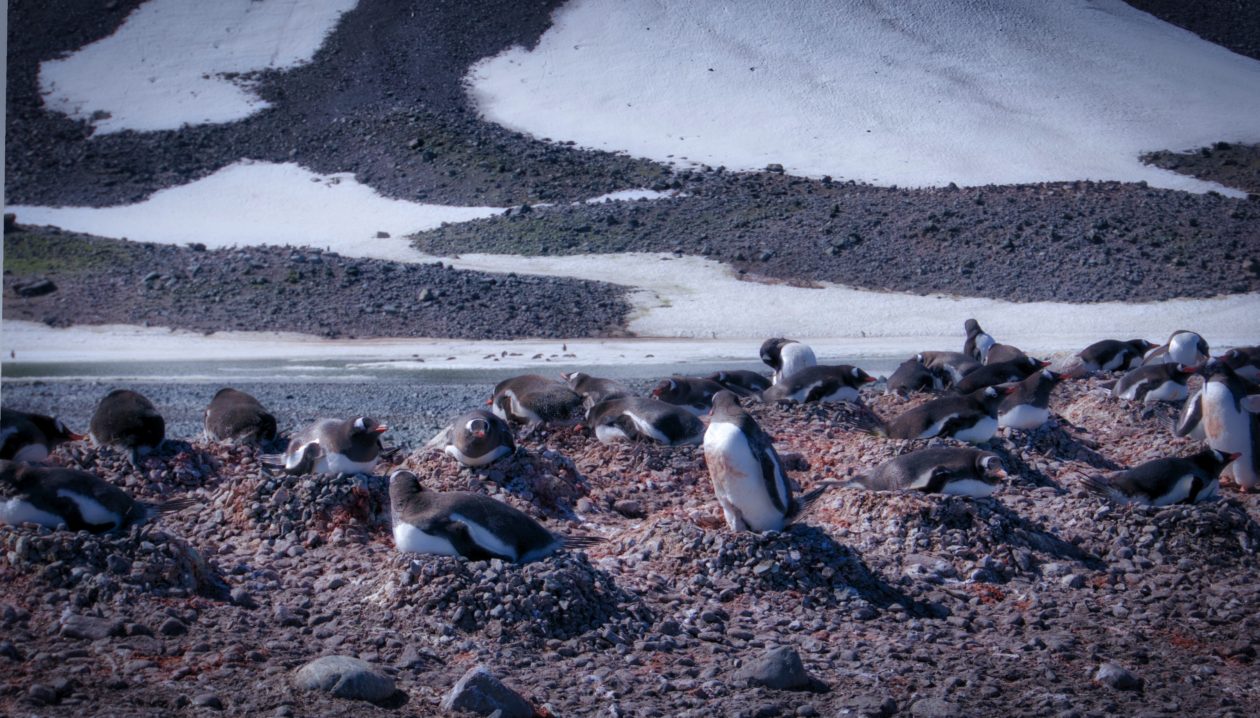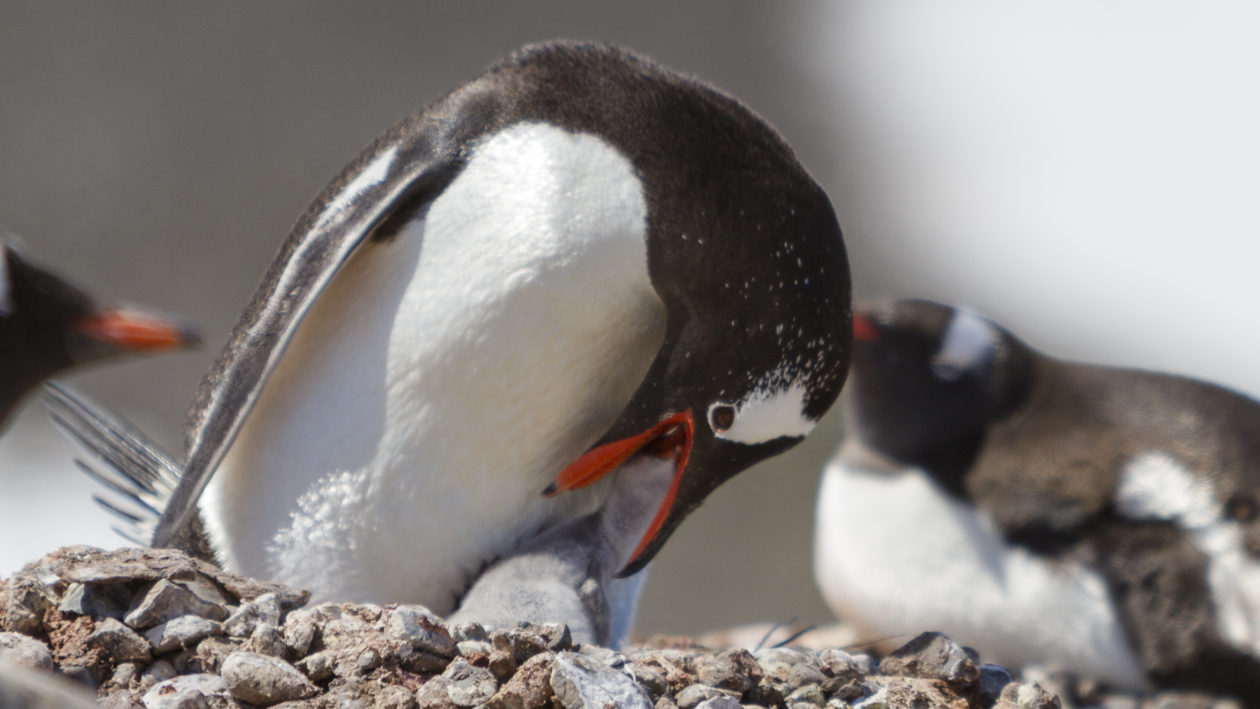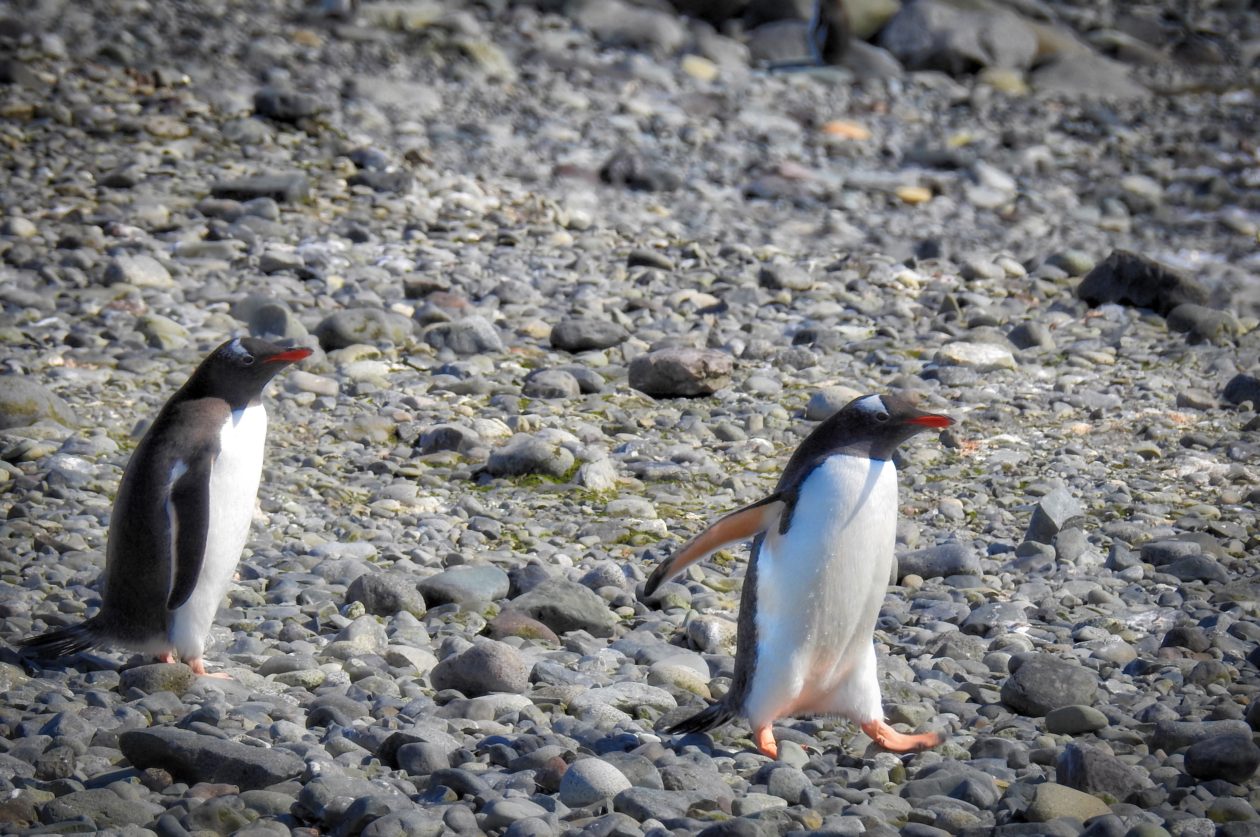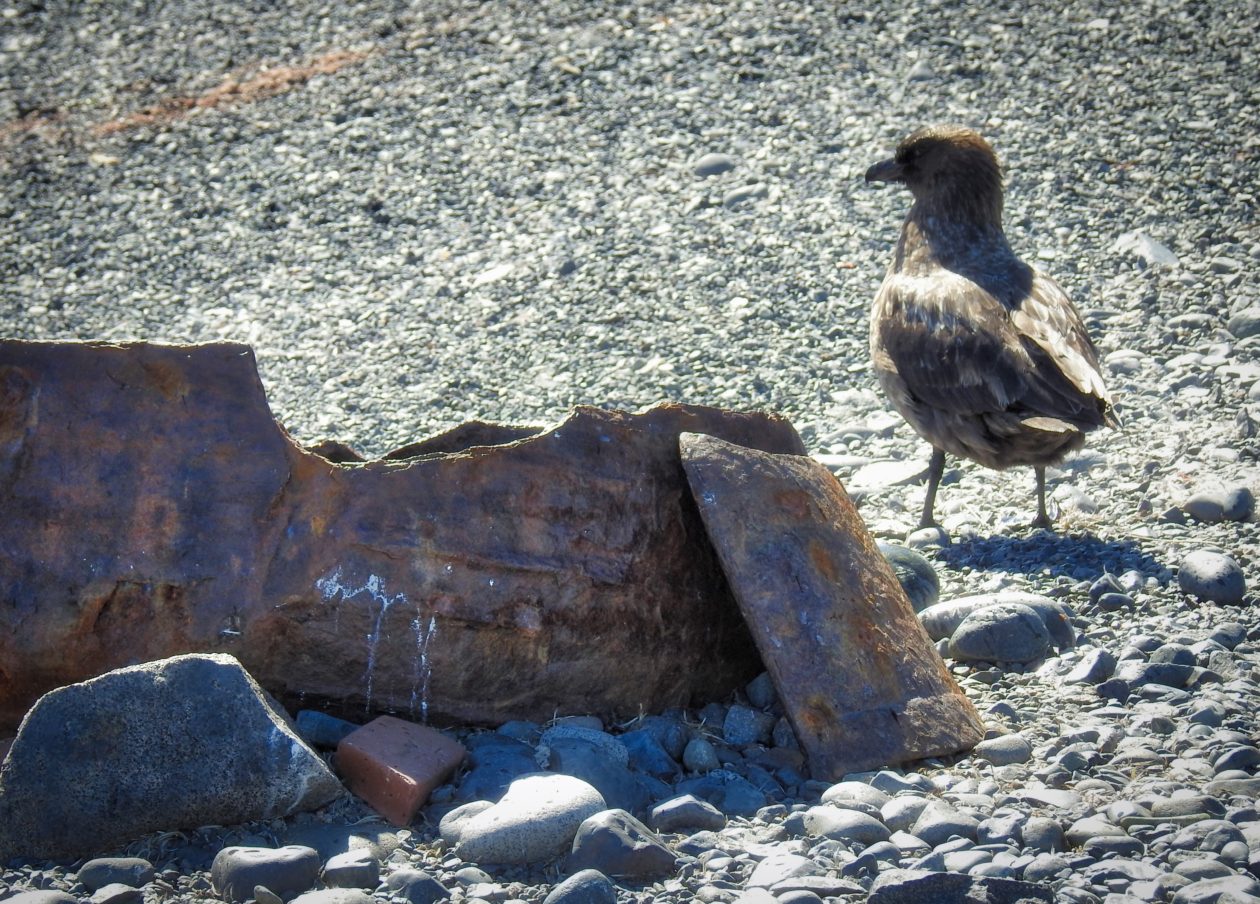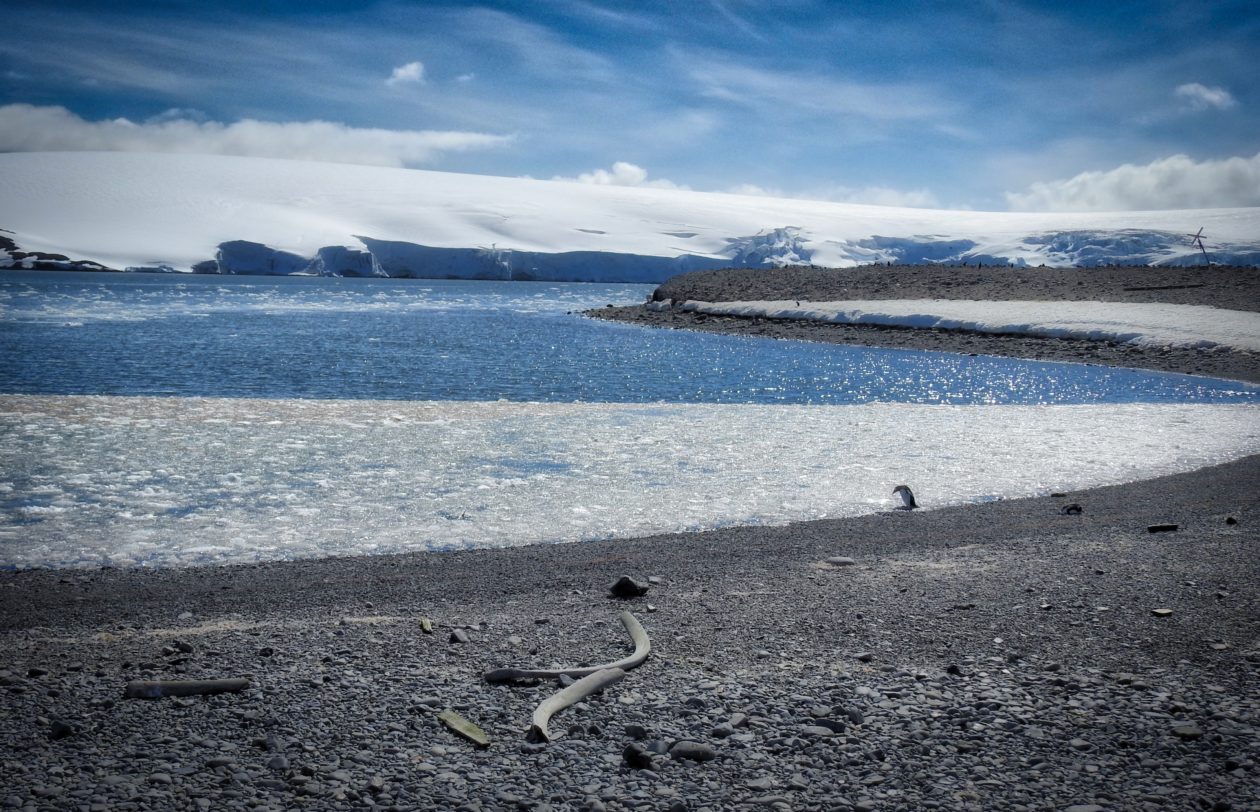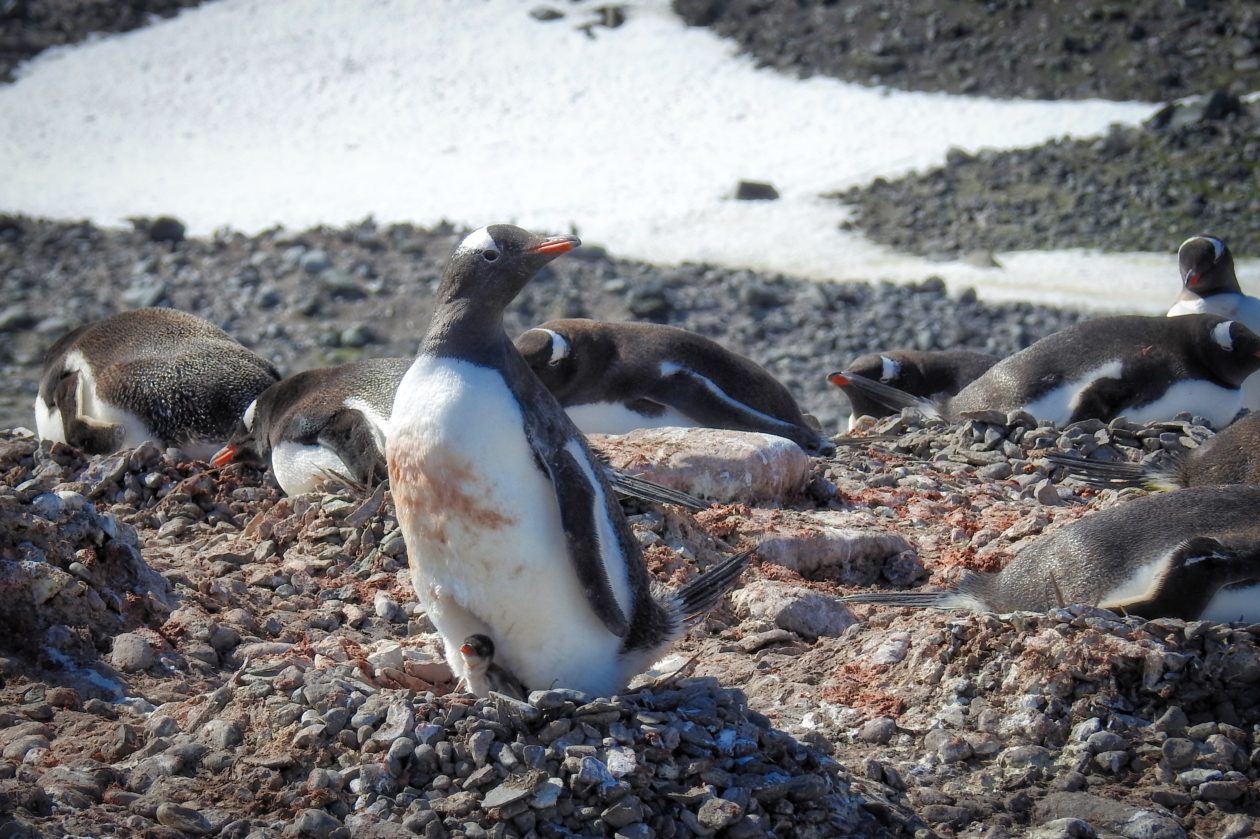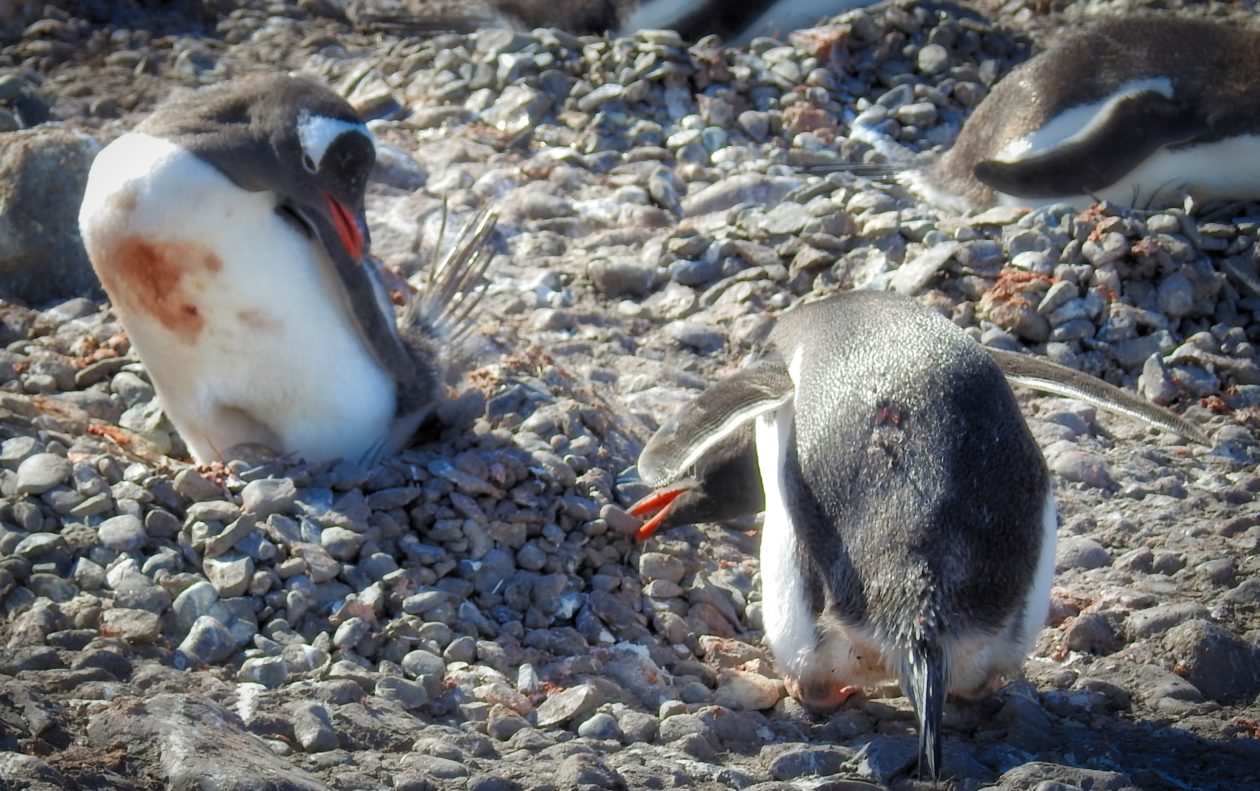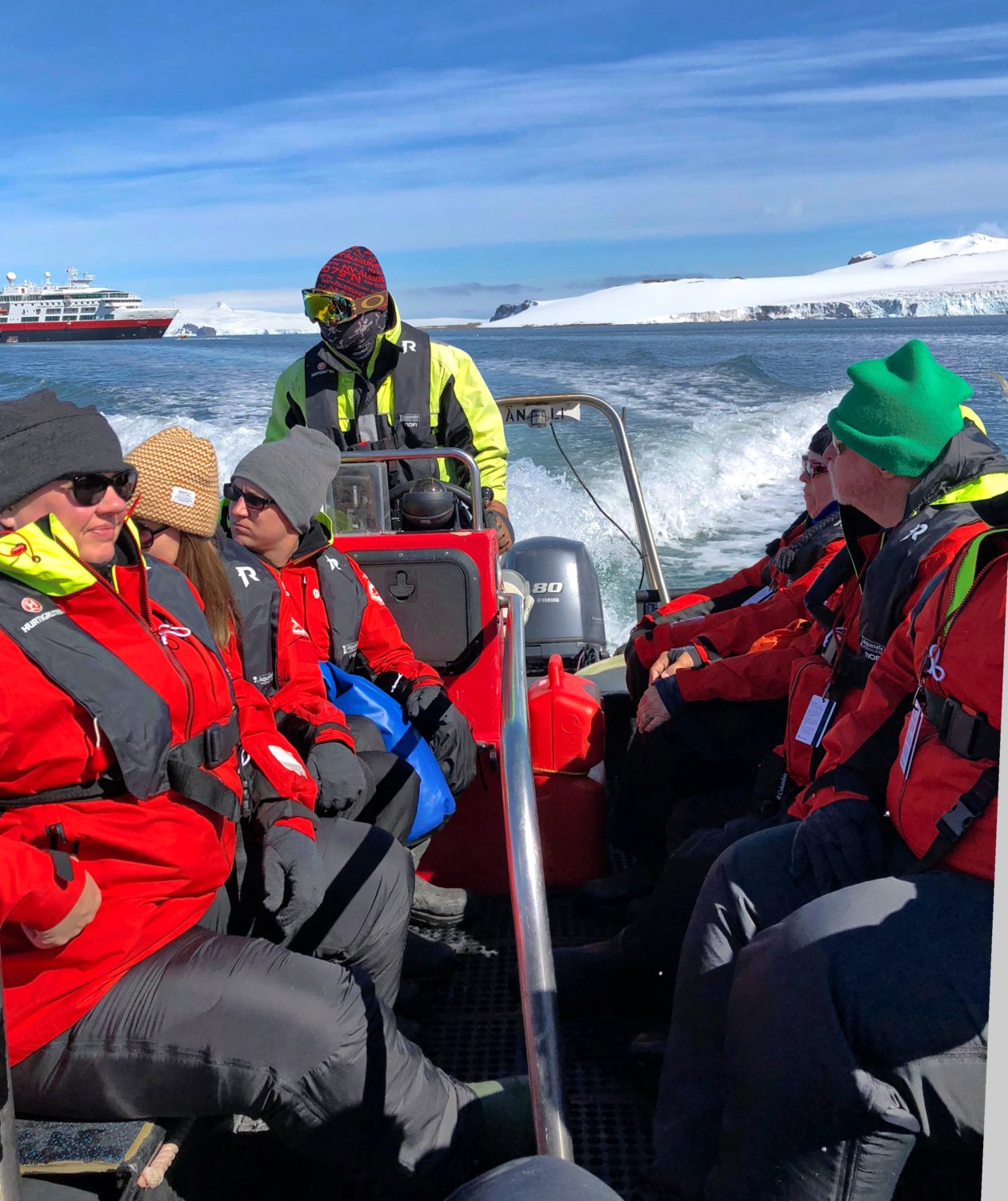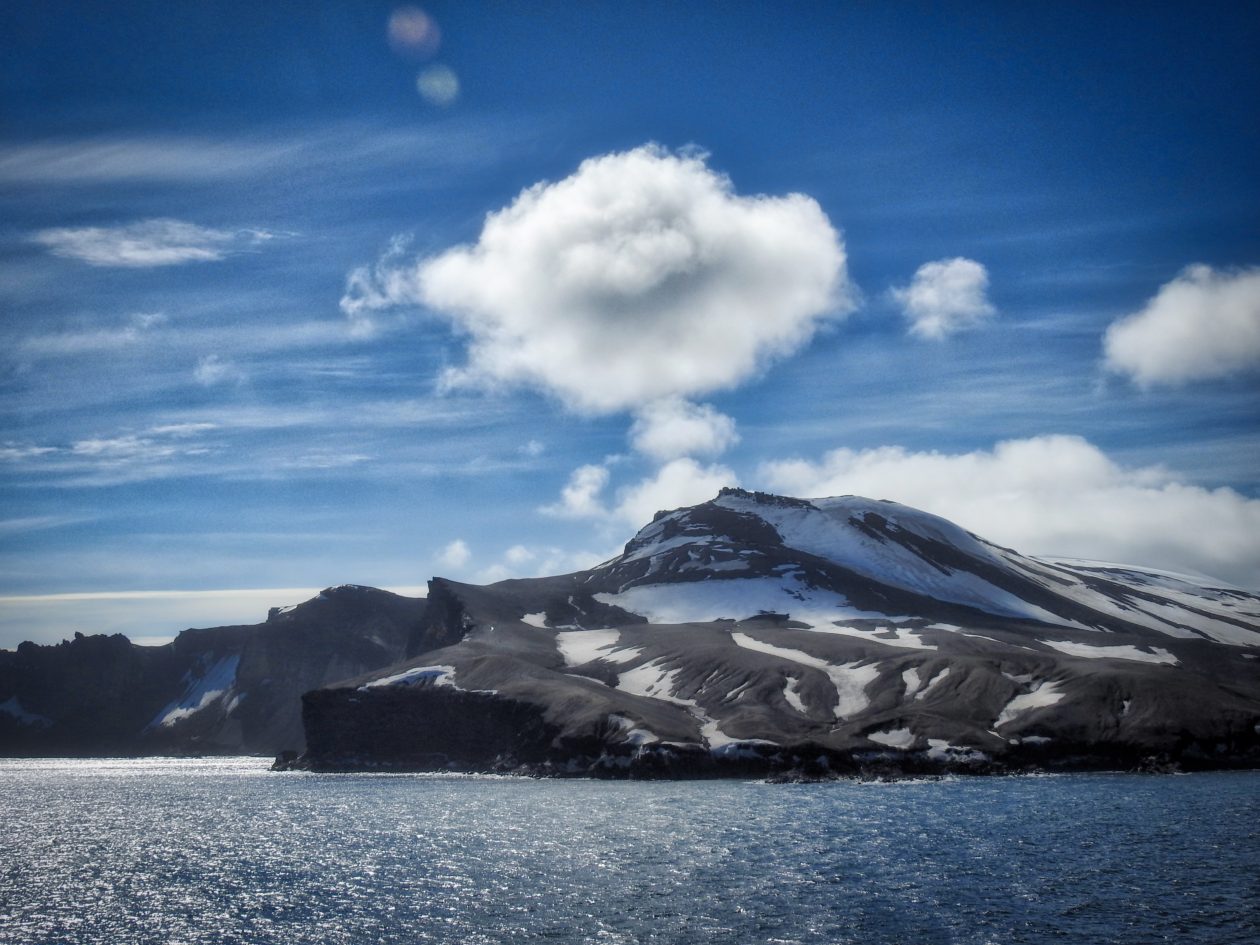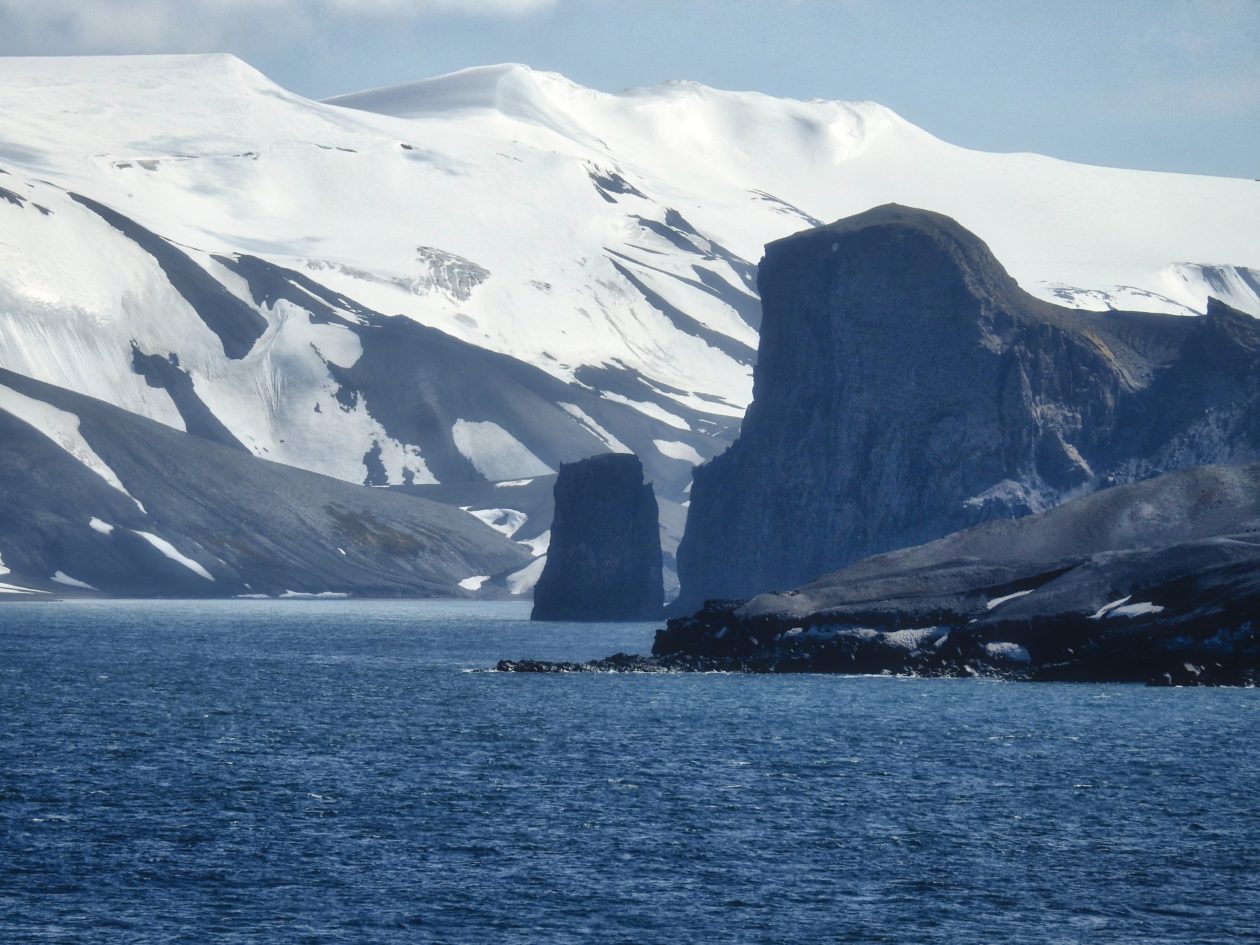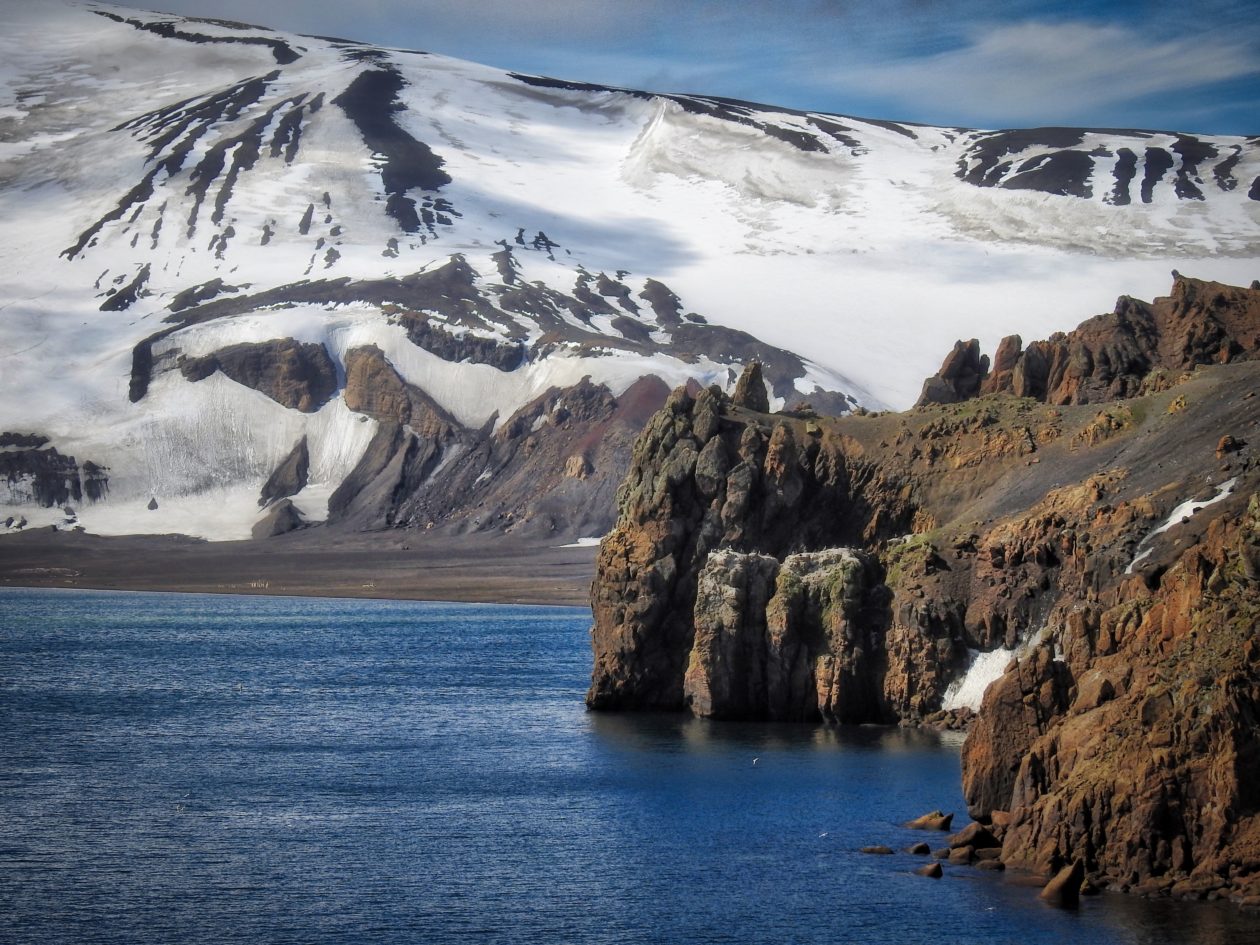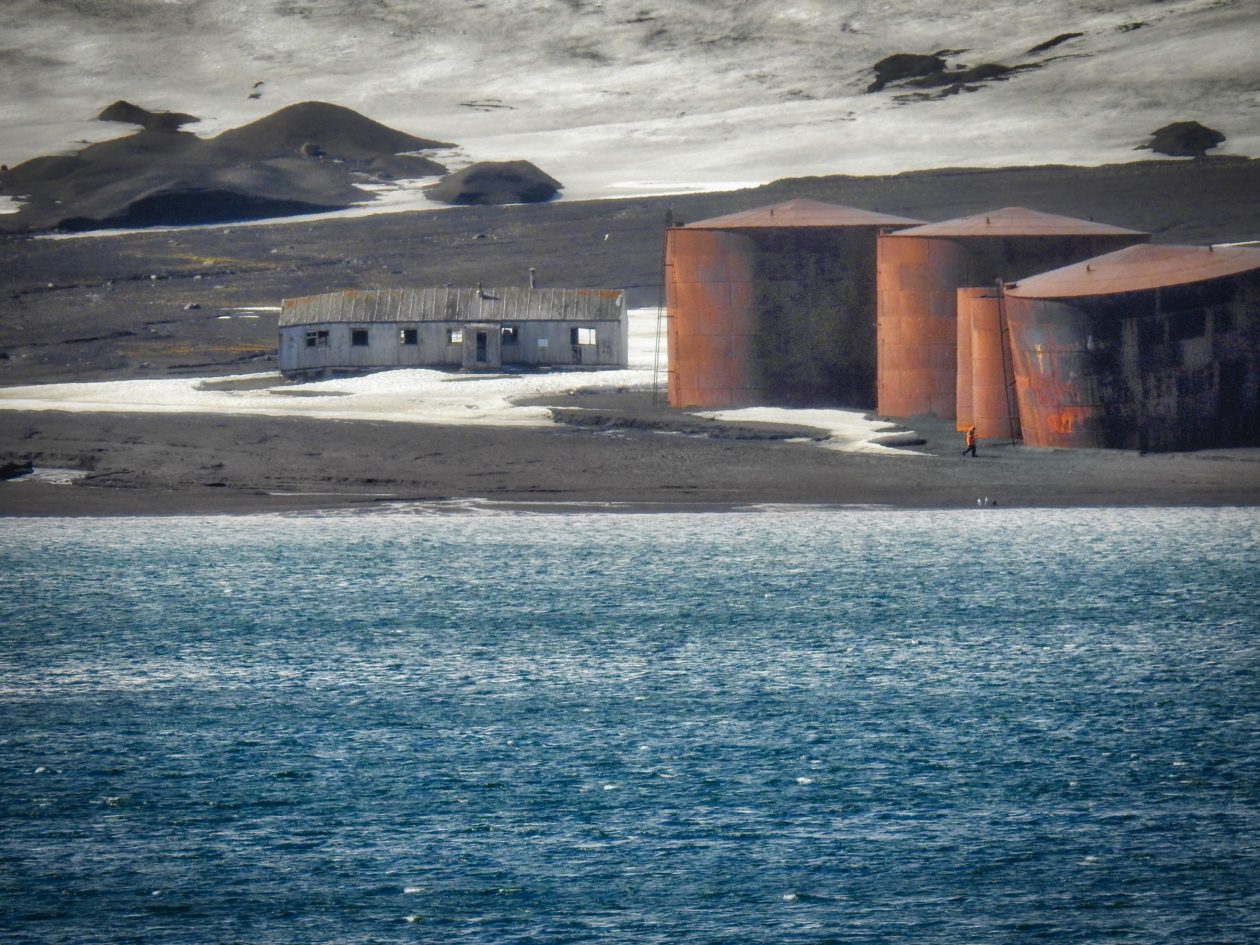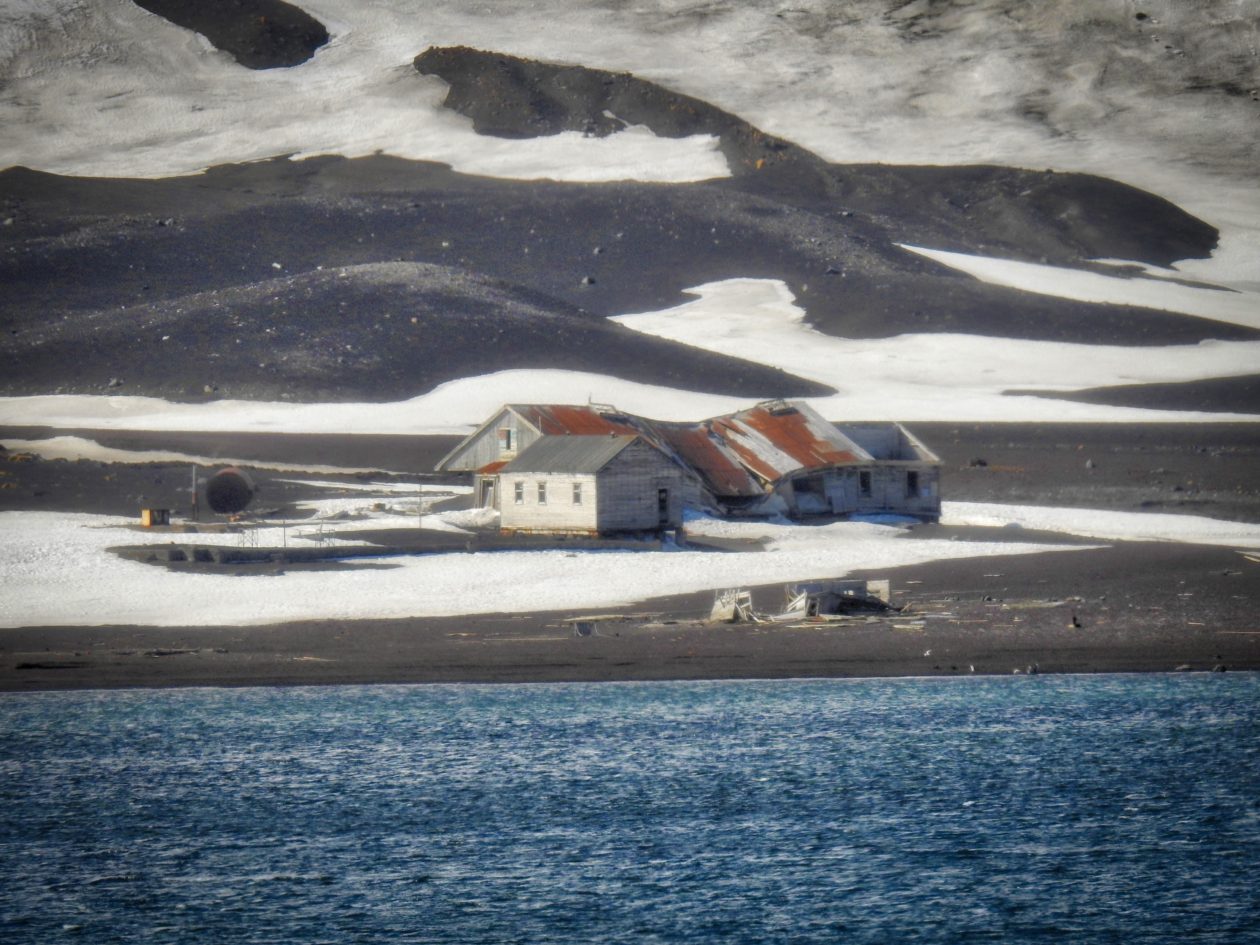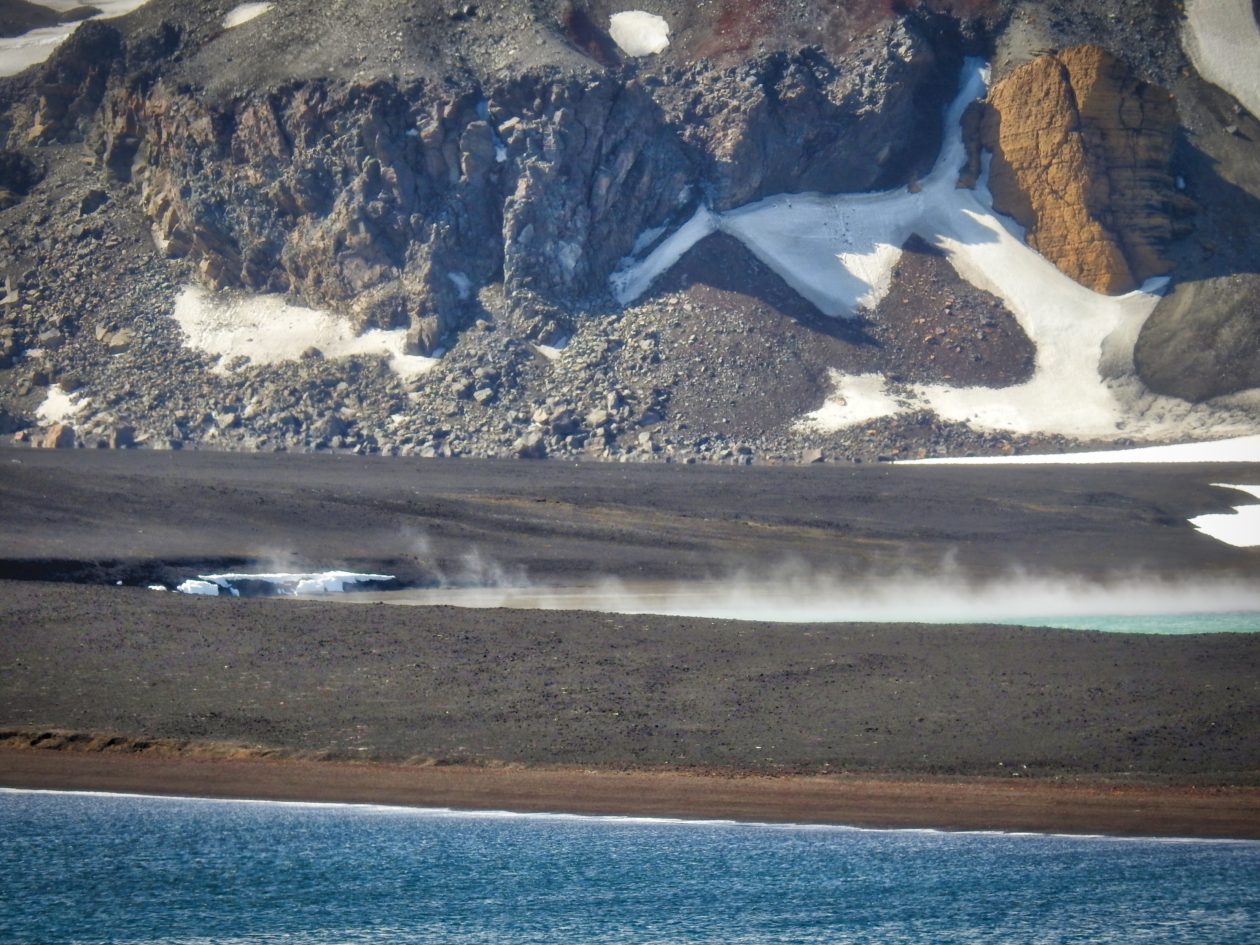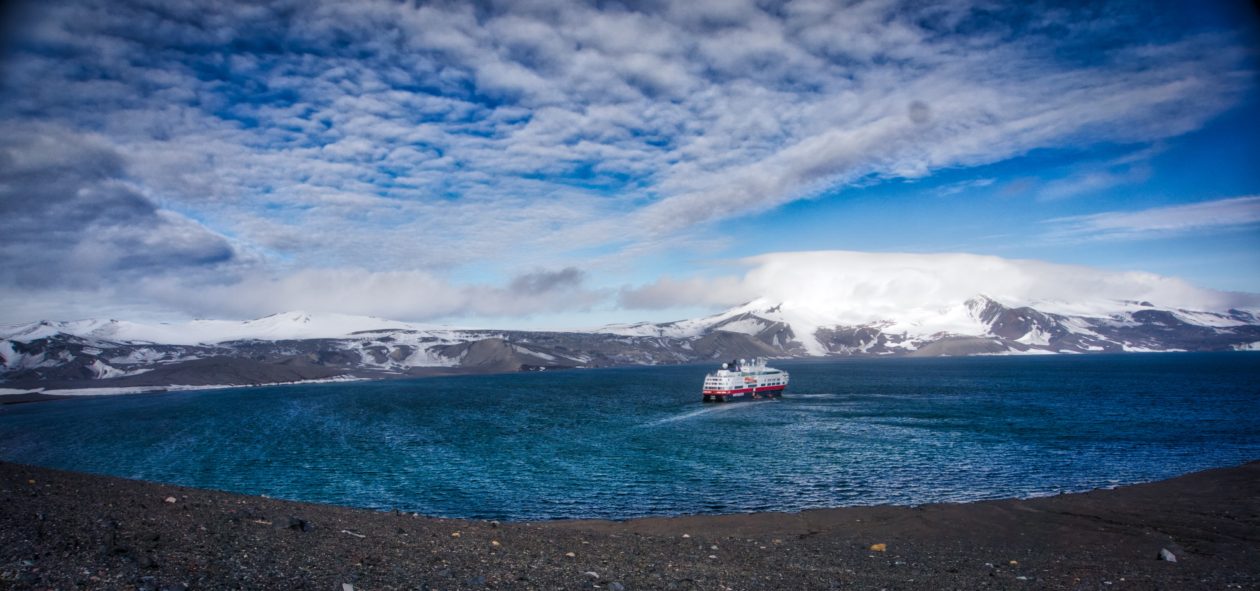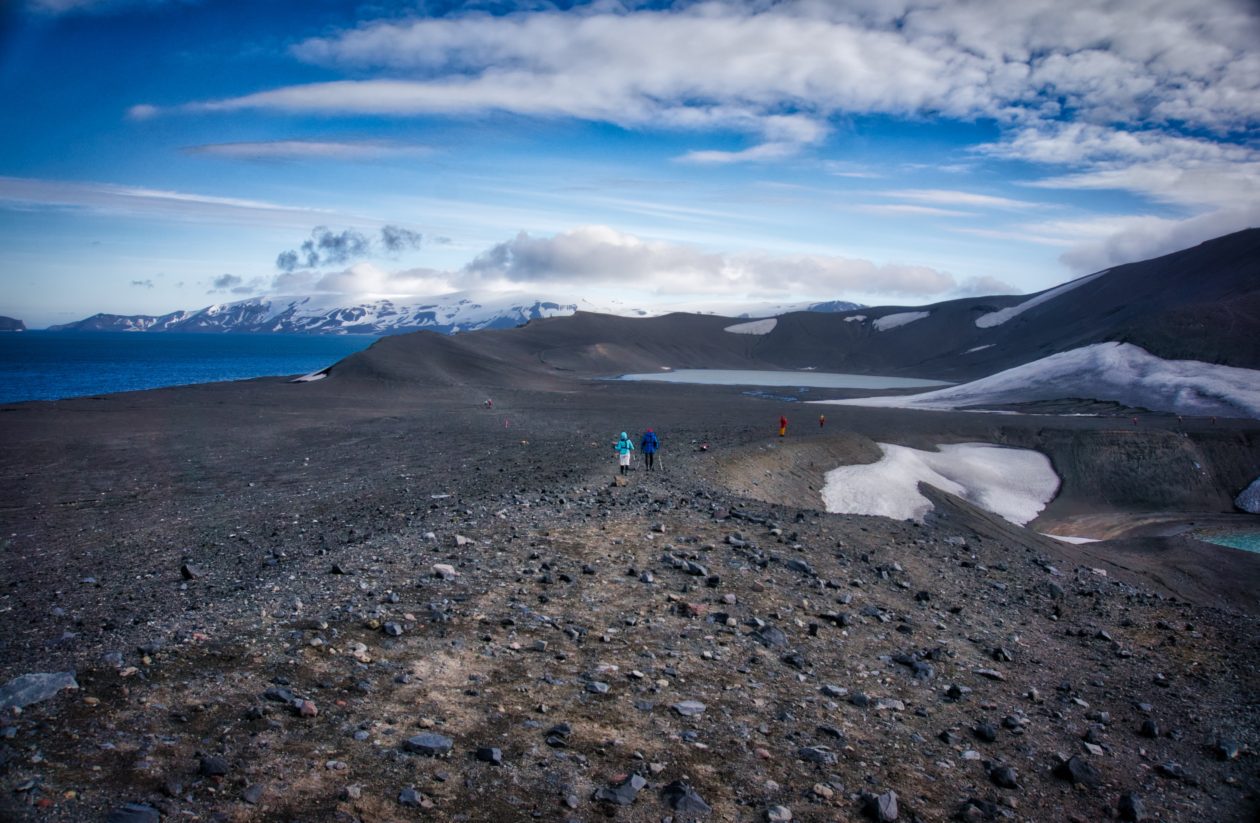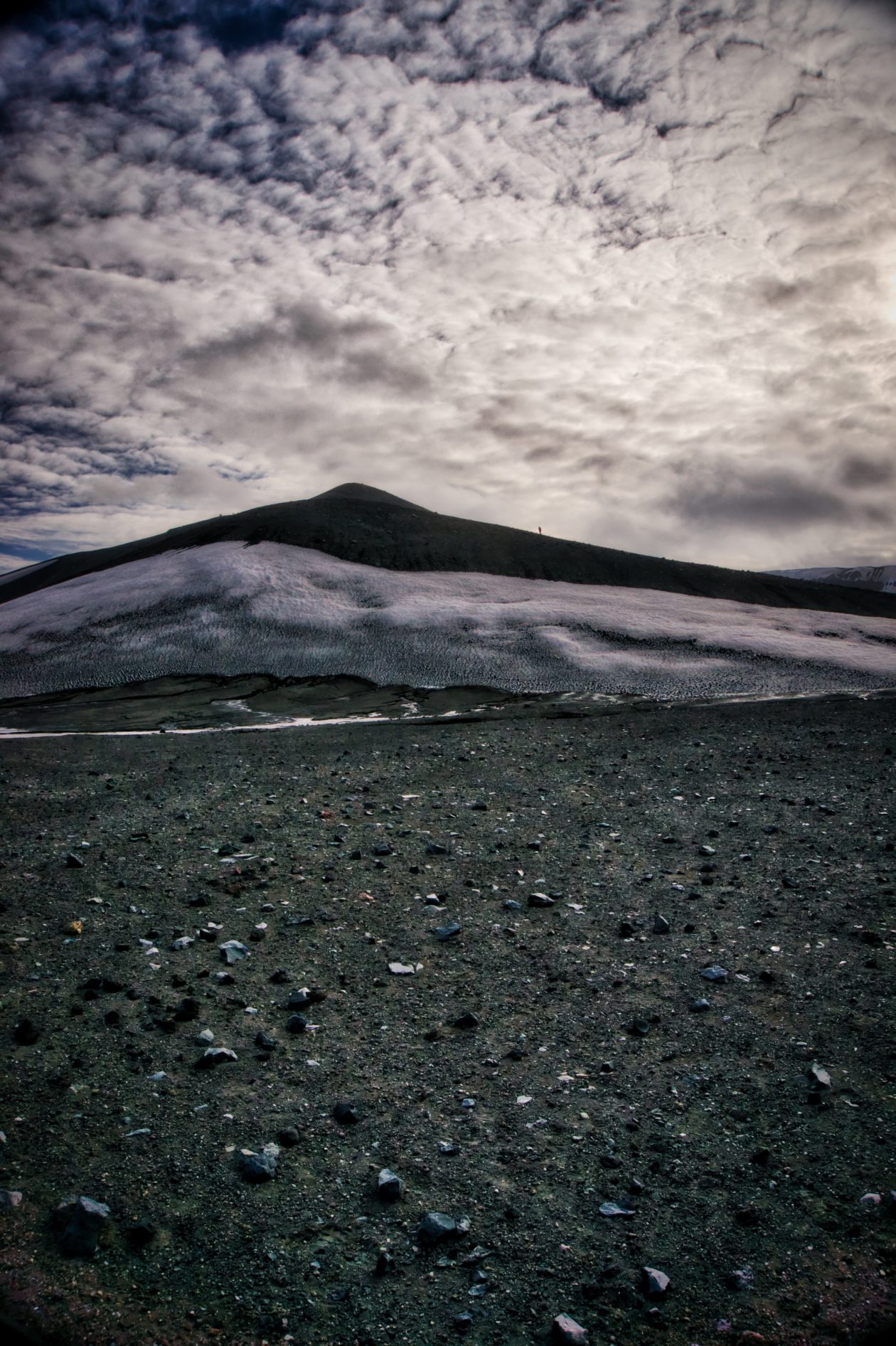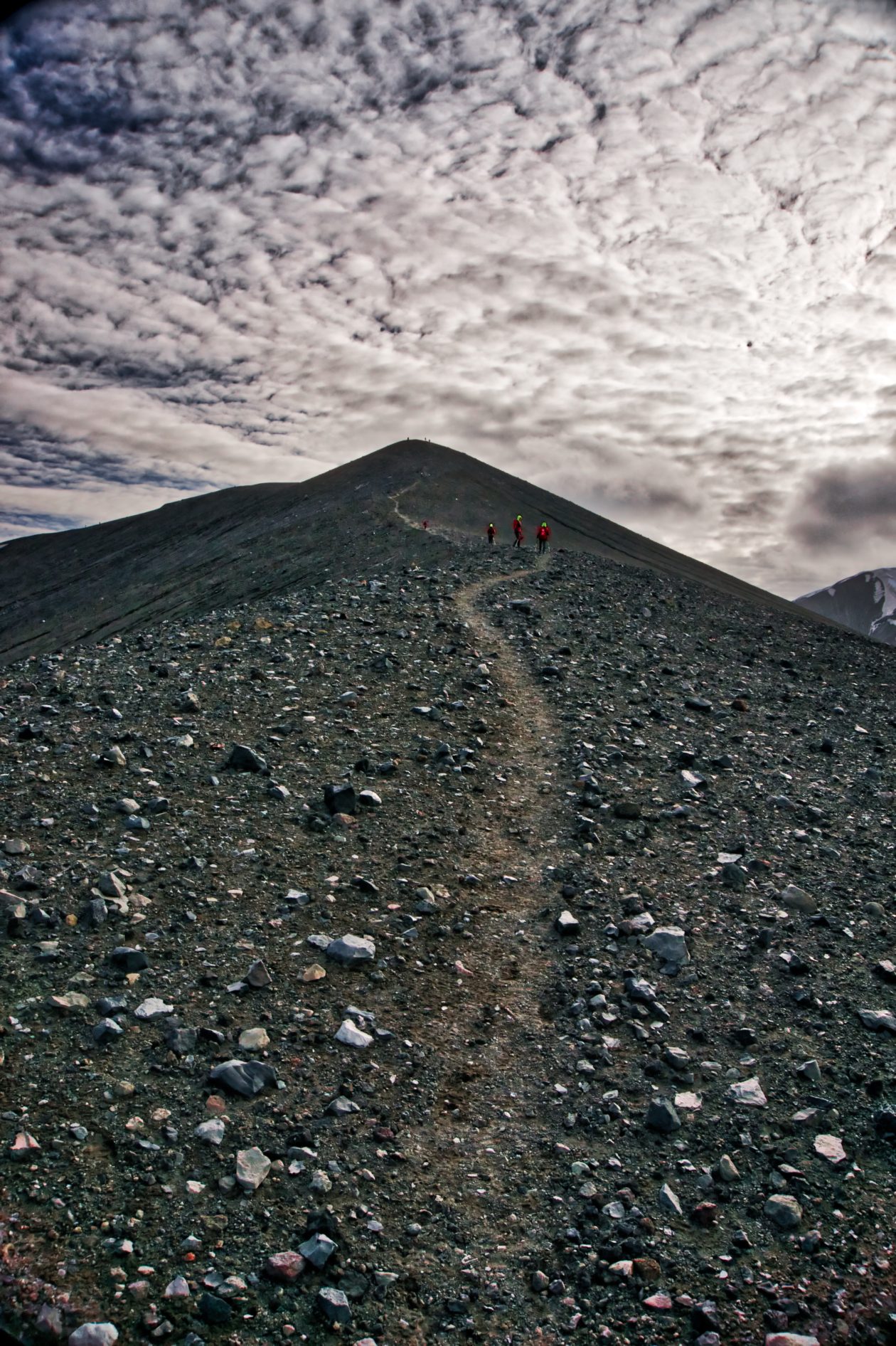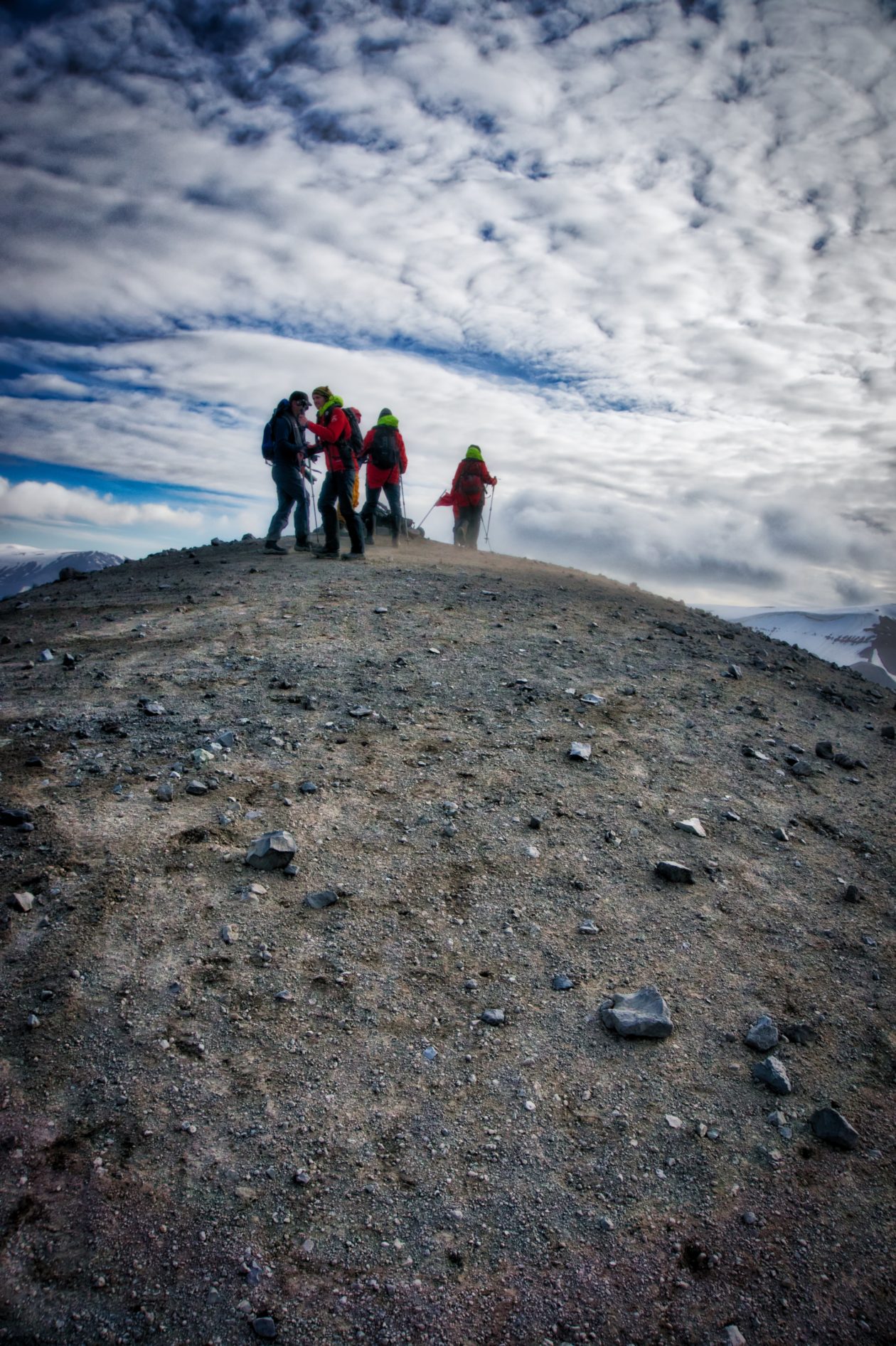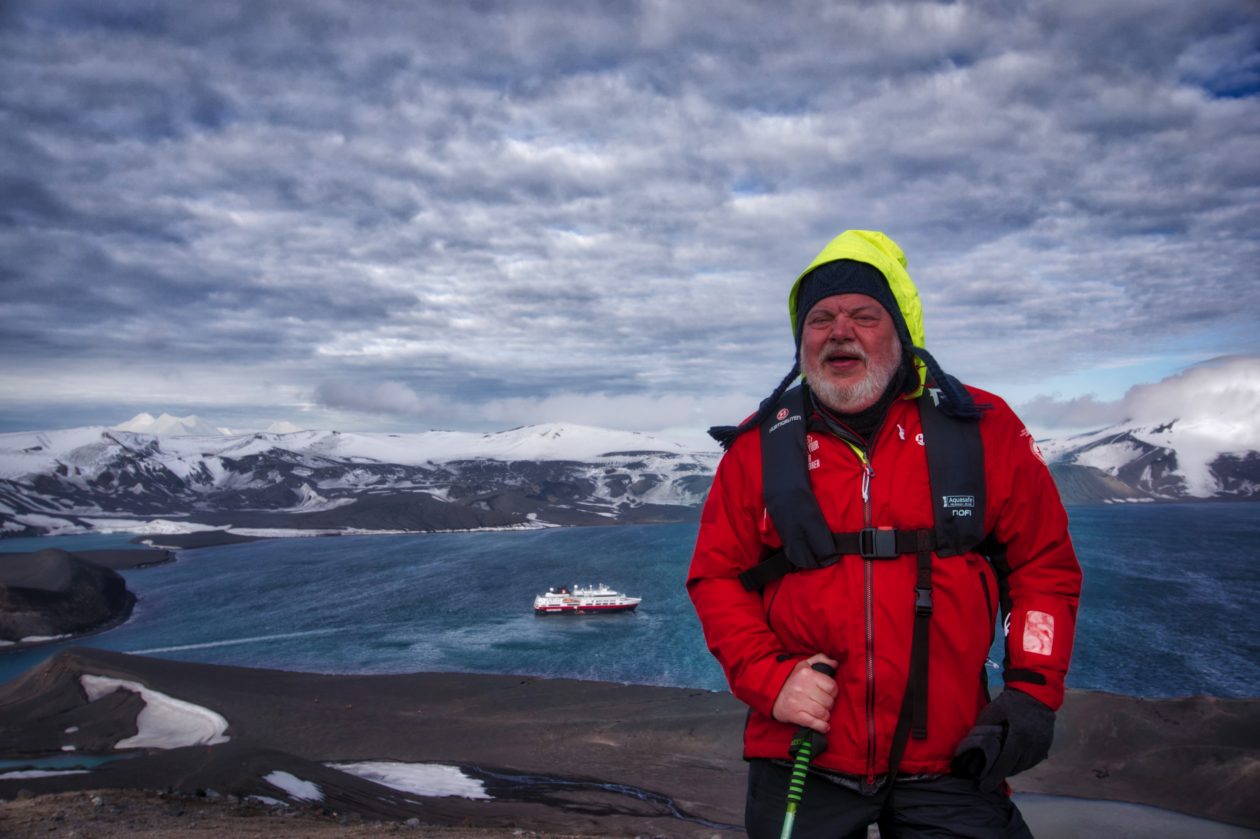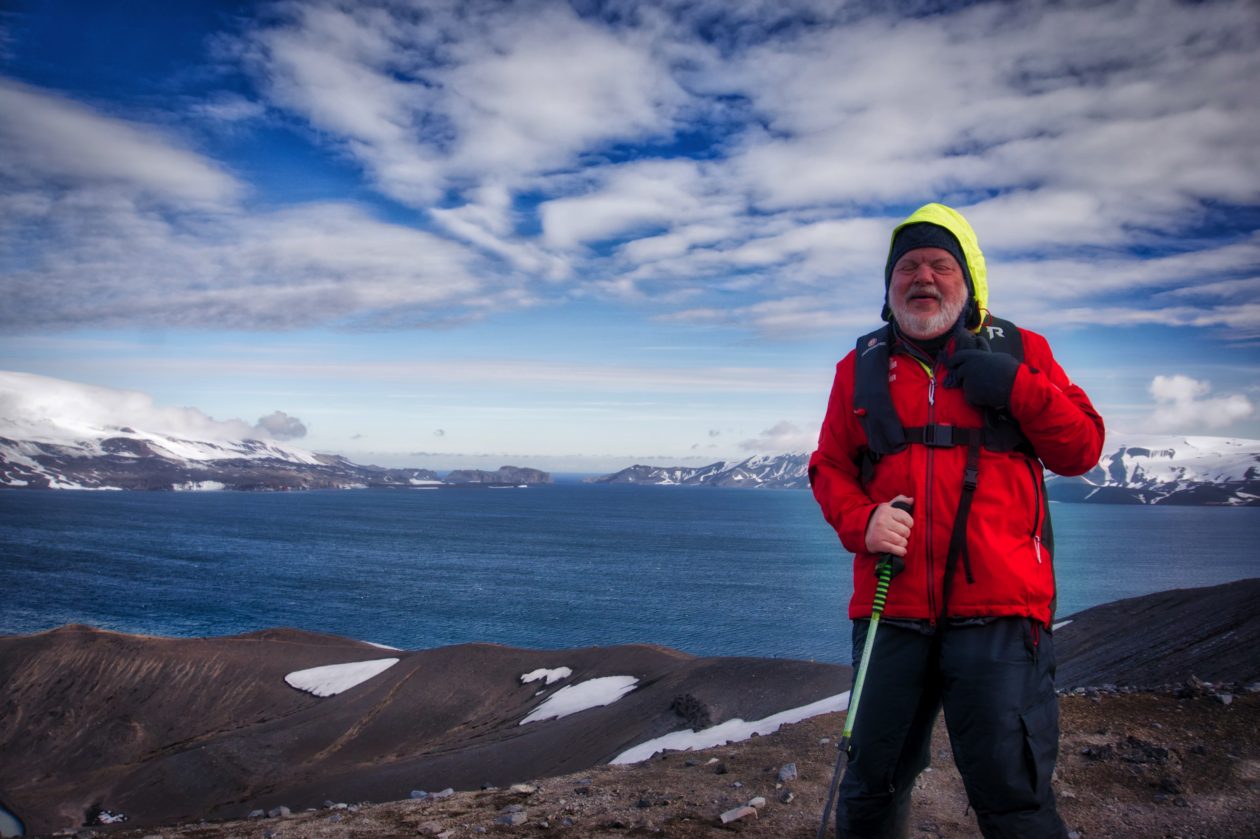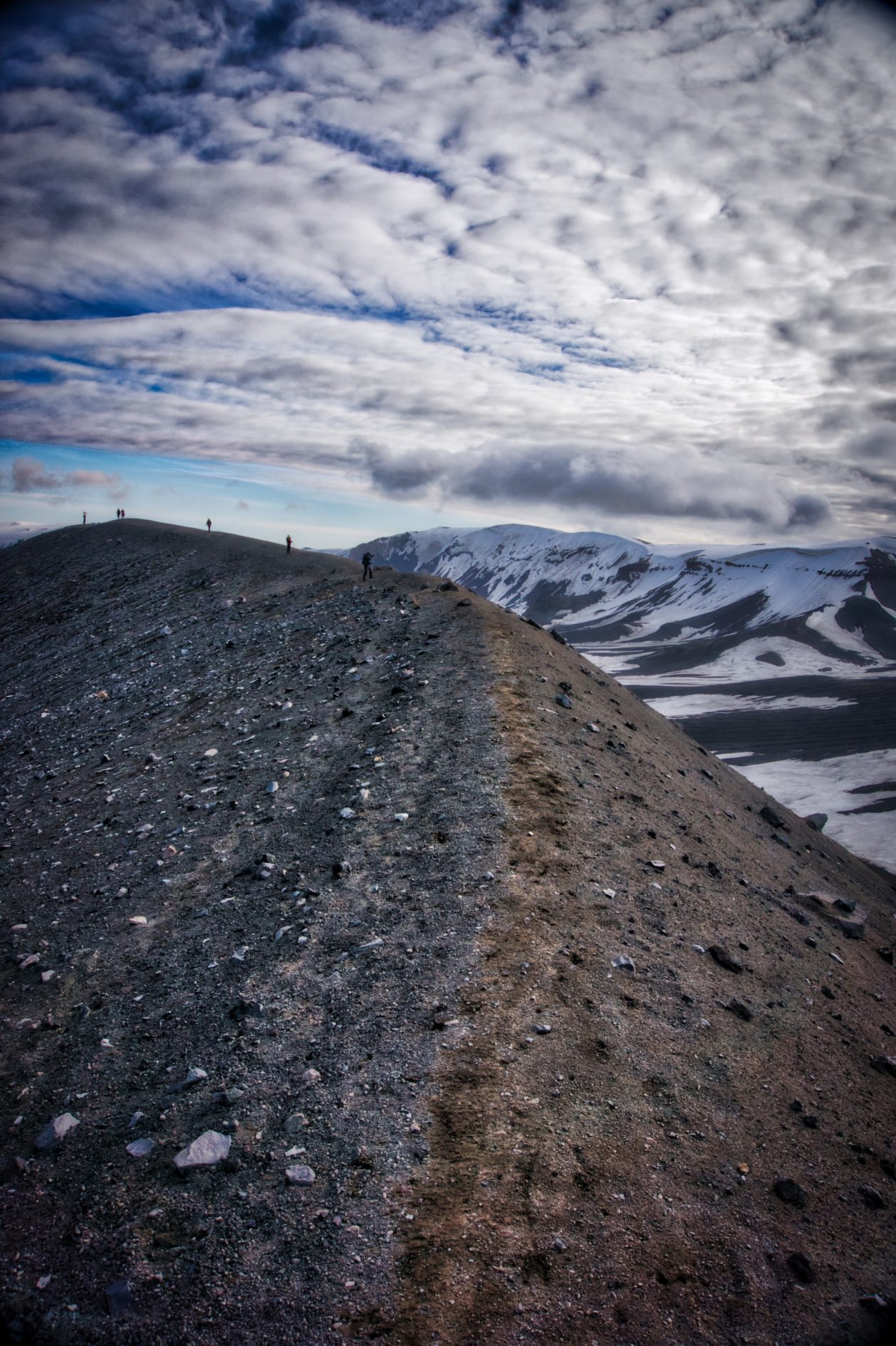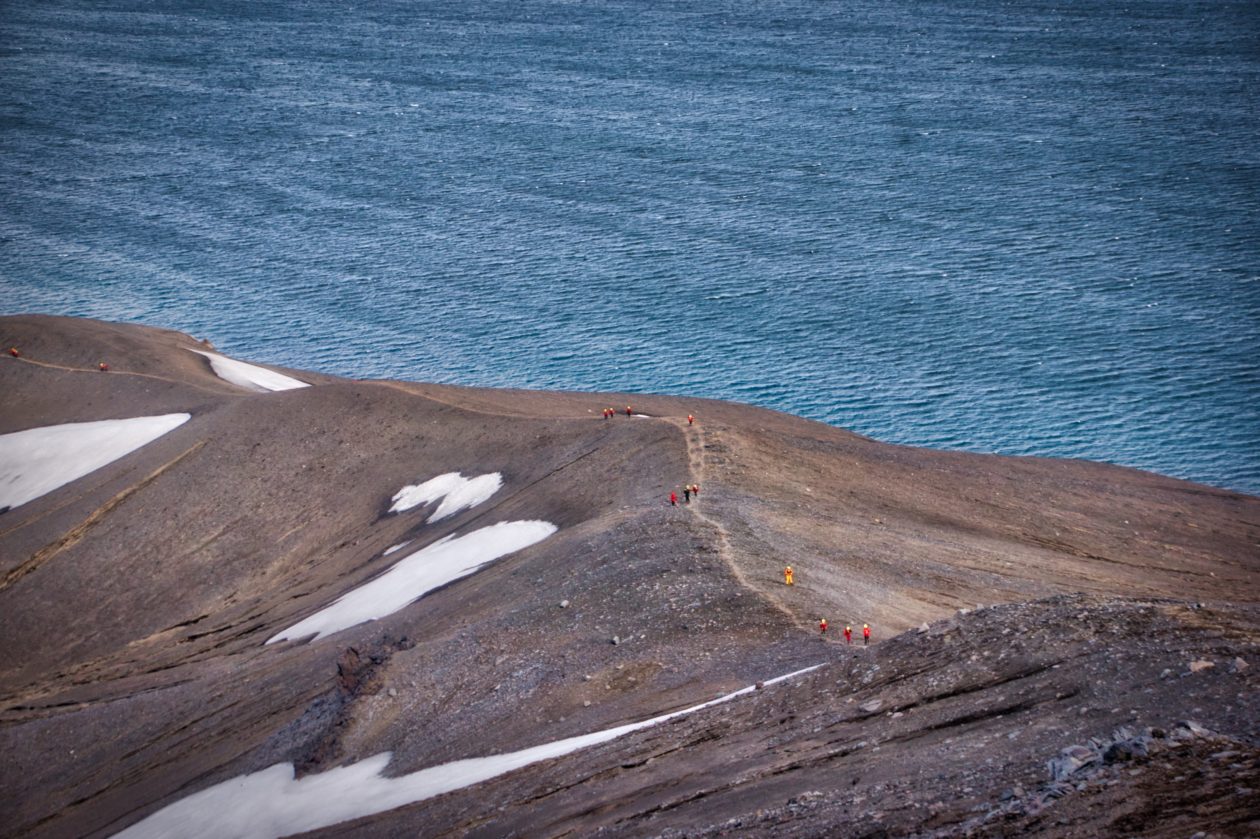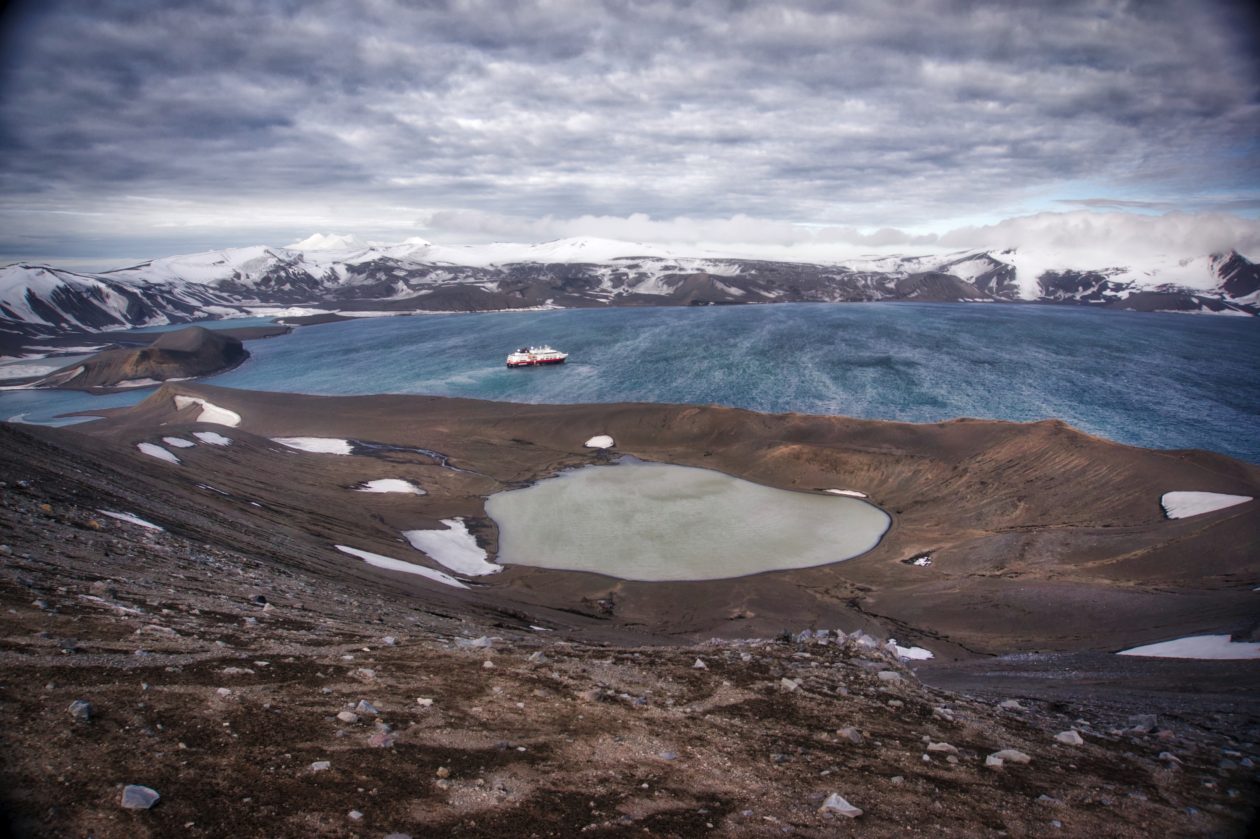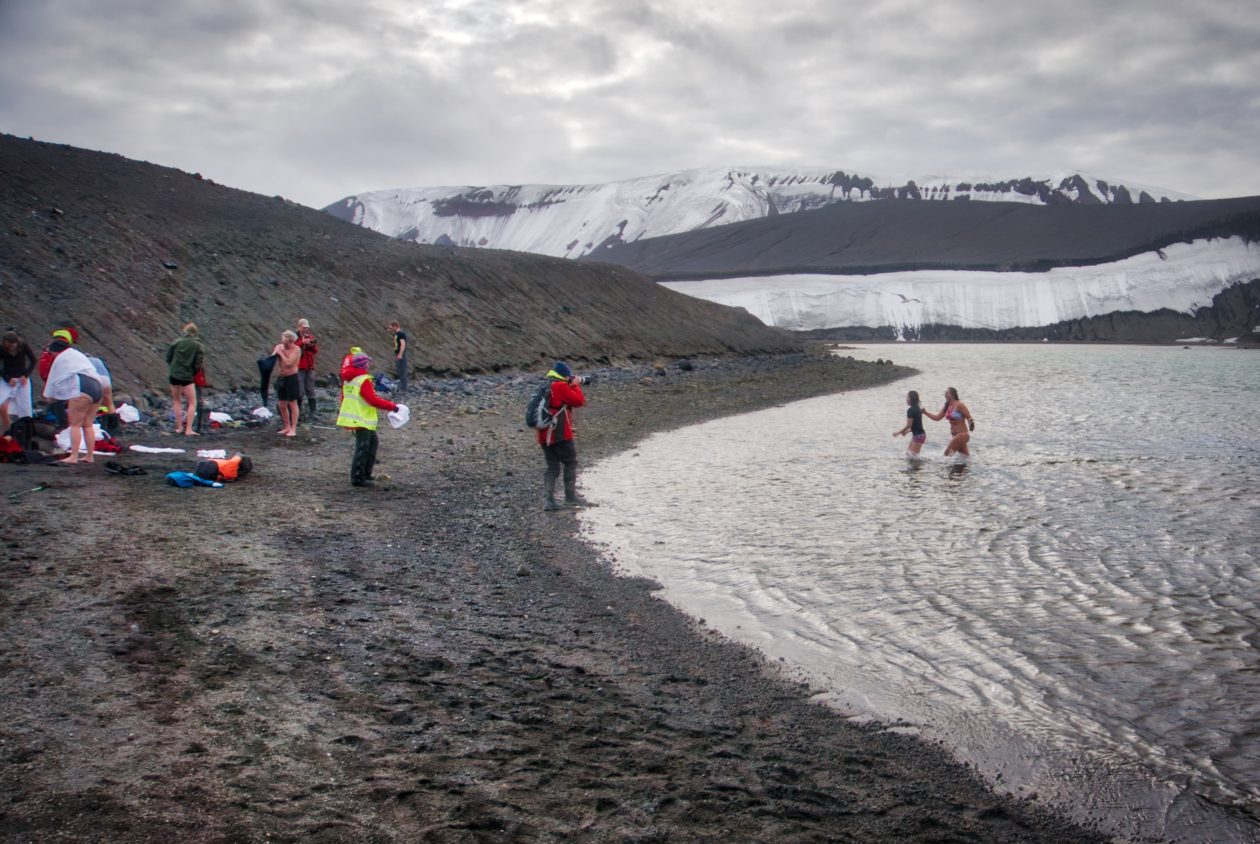- Buenos Aires, Argentina — the stopover
- Ushuaia and Tierra del Fuego National Park, Argentina
- The Falkland Islands
- South Georgia Island
- On the “road” to Antarctica, Christmas aboard the Fram, and Elephant Island
- Yankee Harbor and Deception Island, Antarctica
- Danco and Cuverville Islands, Antarctica
- Almirante Brown Station and Neko Harbor, Antarctica
- A surprise visit, Lemaire Channel, and Petermann Island
- The voyage home, New Year’s Eve, and some final thoughts
Today we had the opportunity to make two landings — Yankee Harbor (within Greenwich Island in the South Shetland Islands) and Deception Island. Both were amazing for different reasons. The Yankee Harbor landing was really about seeing the Gentoo Penguins during nesting season. There are about 5,000 mating pairs there and the nests are made of stones from the beach. What is interesting is that it is difficult (if not impossible) to identify male versus female Gentoos. Add to that fact that both parents share nest sitting and food hunting duties, so you can’t really tell who is who. We were fortunate enough to see some babies. We also got to witness some Gentoo larceny. You see, good Gentoos go down to the beach to pick up stones to build their nests; bad Gentoos on the other hand, pilfer stones from their neighbors’ nests — even with the residents of said nests squawking and pecking at the offender. The offender didn’t seem bothered at all. Anyway, it was a lot of fun watching this thief at work!
Later that afternoon, we pulled into Deception Island. This is an active volcanic island and the harbor was formed when an edge of the large caldera collapsed, flooding the interior. It is a narrow entrance at a place called Neptune’s Bellows — aptly named because the winds roar through there. And windy it was — sustained winds of 30 mph, gusting to 45 mph. As we traveled to the end of the caldera at Telefon Bay, we passed the ruins at Whalers Bay which was home to factory whaling ships as early as 1905. The shore station processed the meat and bones left behind by the ships. Ultimately, it was abandoned. The last large eruption here was in 1969, but we saw a number of hot water pools. Yes, it is still very active! Our landing at Telefon Bay marked the real beginning of the “expedition” portion of the program. After going ashore, you had your choice of climbing to the top of the caldera (nearly 1000 feet), going in for a polar swim, or both. I chose the hike. It really was a steep hike, made worse by the wind. At the top of the caldera, the path was less than 3 feet wide with steep drop-offs on both sides. Some people dove for the ground as they felt themselves getting blown over. My poles kept getting blown but made it okay beyond that. Anyway, the views were spectacular and the hike well worth it!
